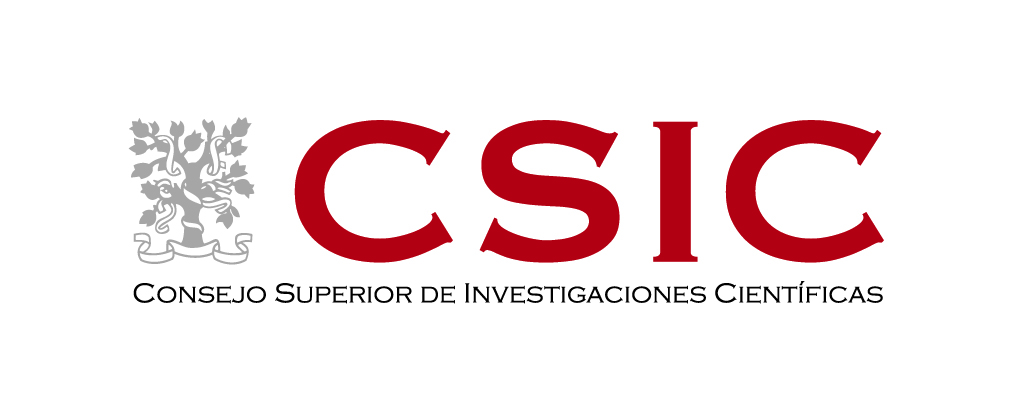Field study for the conservation of the Reptiles of Oman: expedition Spring 2013
Science is full of SHEroes whose passion, work and creativity inspired Evolutionary Biologists of today.
As part of our commitment with society, the Institute of Evolutionary Biology (IBE, CSIC-UPF) wants to give credit and visibility to the achievements of female scientists in evolution.
To that aim, we launched the campaign #WhoisyourSHEro to share stories of women who had an impact in our researchers' scientific career through our social media and website.
The campaign keeps on moving as more and more women in evolution are inspiring the IBE community.
You can join the conversation through social media under the hashtag #WhoisyourSHEro.
With the collaboration of the Spanish Foundation for Science and Technology - Ministry of Science and Innovation.
 |
Field study for the conservation of the Reptiles of Oman: expedition Spring 2013
IBE Researchers from Salvador Carranza's Group, in collaboration with Omani authorities, have just launched an unprecedented field exploration in Oman, with the goal of describing several new species and mapping all the reptile diversity of the country.
Project: Field study for the conservation of the Reptiles of Oman
The Systematics, Biogeography and Evolution of Reptiles and Amphibians Lab of the Institute of Evolutionary Biology (CSIC - University Pompeu Fabra) and the Ministry of Environment and Climatic Affairs from Oman have started this 5 th of April 2013 a four months expedition to the Sultanate of Oman that will take them to every corner of the country, including some remote and unexplored areas. The main goal of this project is to study the distribution, systematics, evolution and biogeography of the reptiles of Oman, a unique vertebrate group that includes four times more endemic species than mammals, birds and fishes together. With this knowledge, it will be possible to use reptiles as model organisms to enhance conservation prioritization practices in the future by promoting methods that will improve cost-efficiency of conservation actions. Contemporary analysis tools, such as multi-locus phylogenies, multivariate morphological analyses, landscape genetics, Geographical Information Systems (GIS), and Species Distribution Models will be used to tackle our main goal.
For more information on the project please visit:
